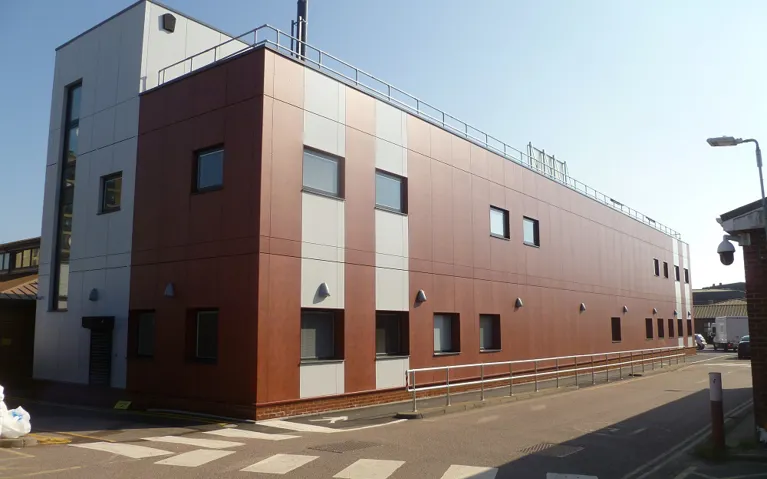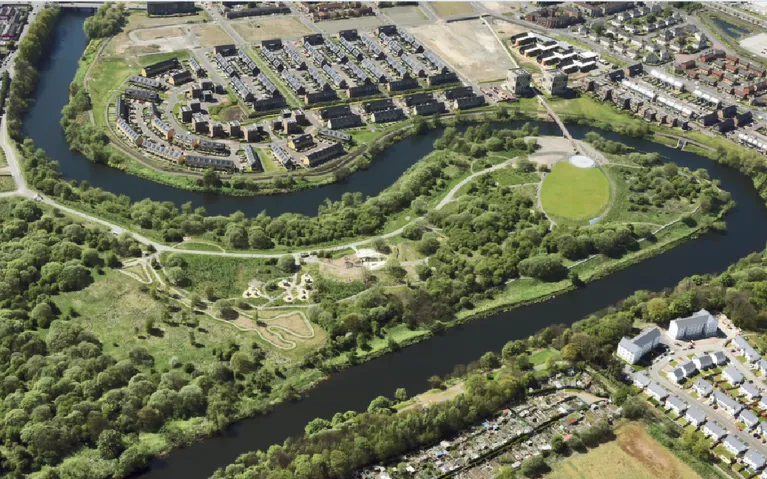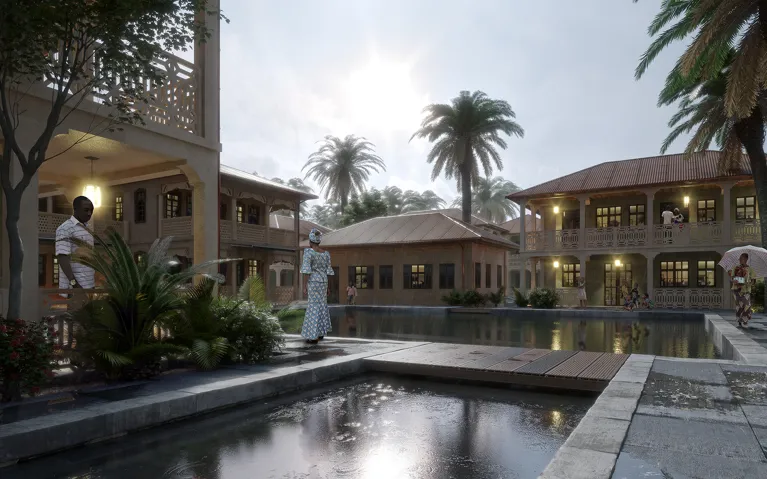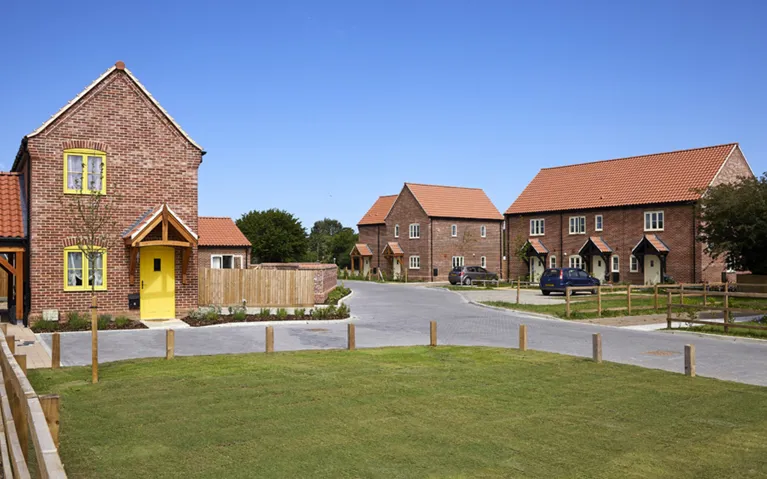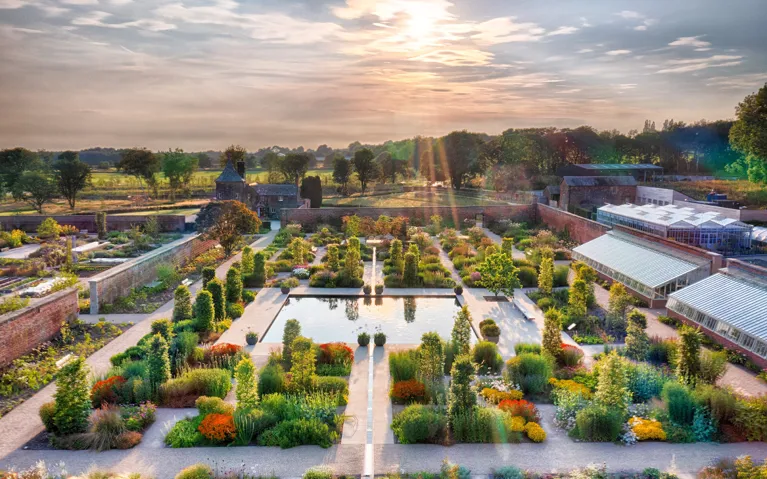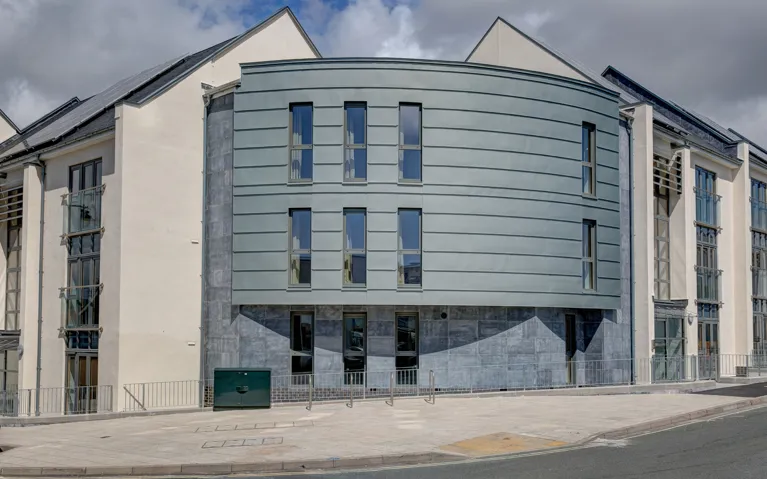A sustainable development
Marmalade Lane
-
Awarded2020
-
CategoryHealth and wellbeing
-
OutcomeWinner



Proof of concept
Development of a 42-home sustainable co-housing
This award was received for the development of a 42-home multi-generational sustainable co-housing development built on land formerly owned by Cambridge City Council.
The project was designed in collaboration with Cambridge Cohousing, a group of future residents, working closely with South Cambridgeshire District Council, the local planning authority.
- There are now more than 60 people living at Marmalade Lane who have put down roots for the long-term, representing a solid financial investment in the local community.
- Residents share extensive facilities, including a ‘common house,’ shared garden, and are active in community life fostering a sense of community.
- The use of a local contractor, meant that many of the contractors (and sub-contractors) were local to the area, driving investment into the local economy.
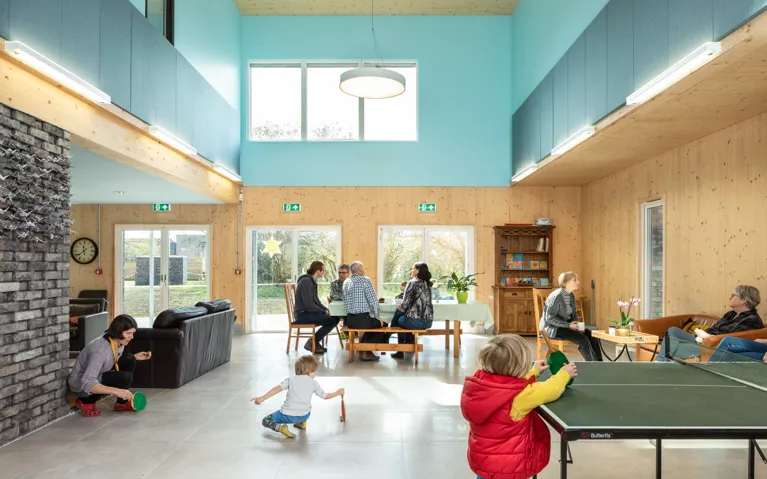



Shifting perceptions of the area
How/why did the project benefit the public?
This unique development has brought a committed, community-oriented population to an area with high levels of transience. The project has also injected a sense of identity and character into the area, which was previously characterised by houses with limited architectural vocabulary and sense of place. The mix of dwellings has been tailored to the needs of an inter-generational group.
The aim of the development - to encourage social interaction to support the development of a strong sense of community, has been achieved. Residents are active in the wider community, organising a monthly litter pick and supporting the local wildlife project.
Residents at Marmalade Lane also have a purchasing policy for their twice-weekly shared meals that reflects their commitment to the local economy.
What were local planners looking to achieve on the project?
- To create a mix of dwellings tailored to the needs of an inter-generational group.
- To encourage social interaction to support the development of a strong sense of community.
- To provide homes that give excellent thermal performance and low energy bills.
- To maximise environmental gain and minimise negative environmental impacts; the project features a large, south-facing shared garden with wild meadow, retained ancient hedgerow and food-growing beds.
- To help residents reduce their carbon footprint. A number of residents sold their cars and now share use of an electric vehicle.
- To create a ‘Streets for all’ environment in which vehicles are allowed for drop off and servicing to homes but are otherwise discouraged.

Justifying the need
How were local planners essential to the project's success
The success of this project was due to the development of a close partnership between Design Team and Local Planning Authority staff which facilitated greater involvement in the design of the development by its future residents.
Planners led a visionary and innovative approach to the project playing a key role in pre-app discussions with the local authority to flush out significant conflict between the local planning policy /guidance developed for the site and the vital co-housing ethos of the project.
Related case studies



